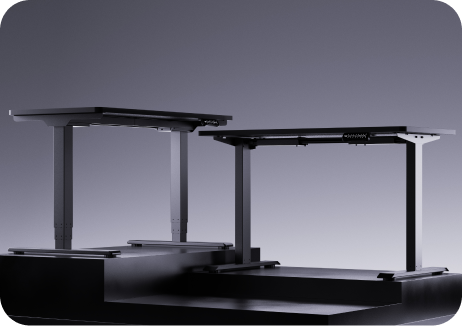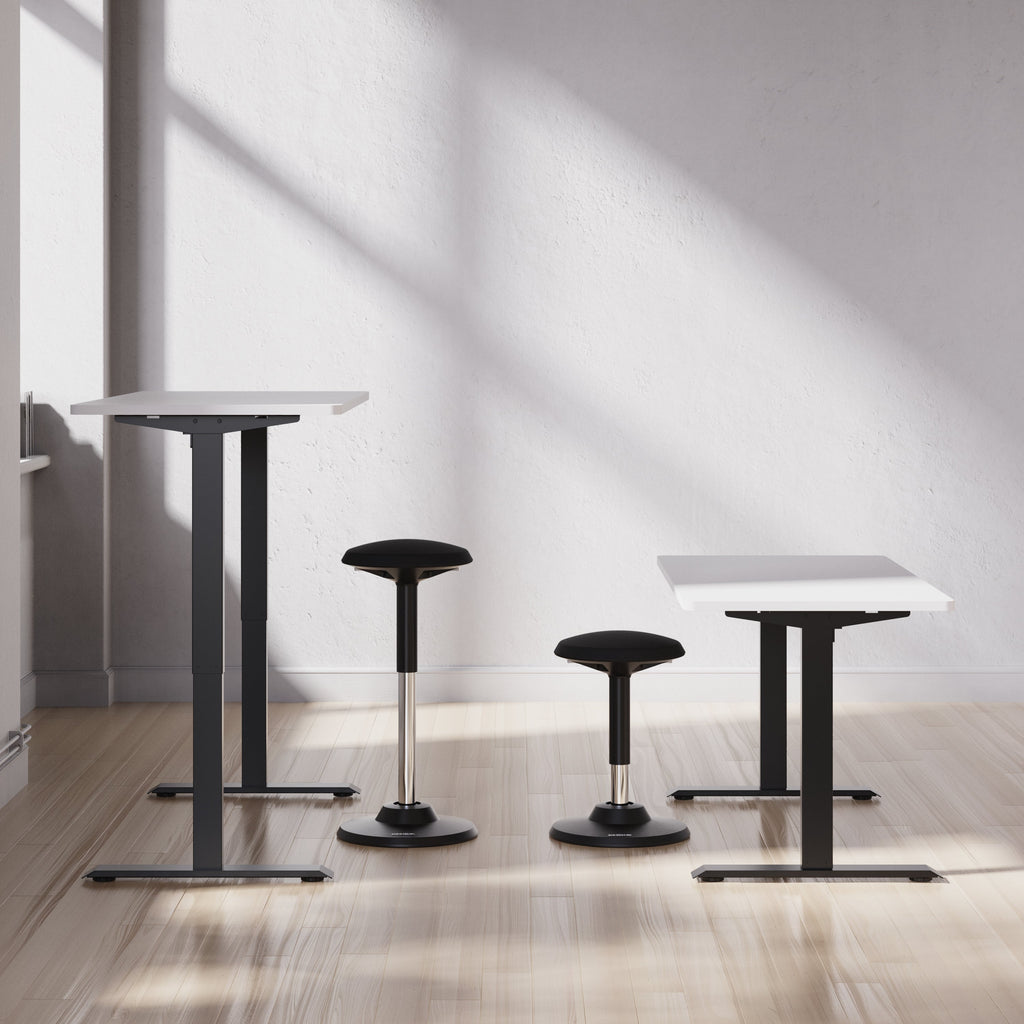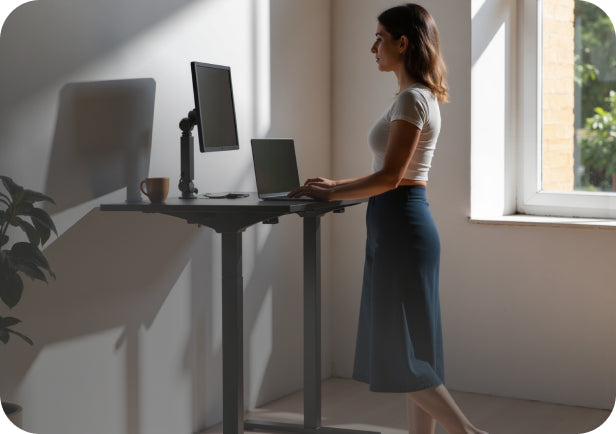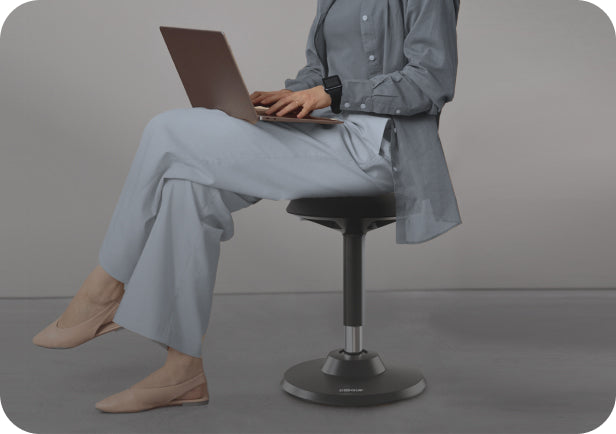How to avoid shoulder pain at work

Shoulder pain from sitting at a desk? Really now?
Isn't shoulder pain usually associated with exercise? How can something so inactive cause shoulder pain?
Sitting at a desk, whether at work for long hours or at home for shorter periods of time, can cause annoying shoulder pain.
There are many ways to relieve your shoulder pain and strengthen your body - which is good news for anyone who has to sit at a desk and work on a computer seven or more hours a day.
In this article, you will learn what causes shoulder pain when you work at a desk and what you can do to relieve it.
Causes of chronic shoulder pain
Shoulder pain often does not develop all at once, but gradually. It can be difficult to pinpoint the exact cause of your pain. Possible causes of work-related shoulder pain include:
- awkward postures
- Working with arms at or above shoulder height
- Force or pressure on the shoulder, even slight
- Static loading, when your muscles need to hold your body in one position for a long period of time
- Hand-arm vibrations such as B. Vibrations caused by a power tool
- Whole body vibrations such as B. Vibrations that arise when driving over rough roads
- extreme temperature loads
Physically intense activities are not the only ones that can cause shoulder pain and injury. Office workers are also at high risk of contracting it. A majority of RSI disorders are computer related. "A sedentary work environment and work habits can weaken muscles and set the stage for pain," explains Micke Brown, a veteran nurse specializing in pain management
How can I relax my shoulders at the desk?
Stretches, simple exercises, and relaxation techniques can be key to releasing the tension in your shoulders when working at a desk. You can repeat this exercise several times before going to the
return to work.
Lean back in your seat, place your feet flat on the floor and relax your arms. Take a deep breath, pull your shoulders towards your ears and hold them for a few seconds. Exhale slowly and lower your shoulders. You can repeat this exercise several times before returning to your work.
5 ways to reduce shoulder and back pain when sitting at a desk
There are many general practices you can use to relieve shoulder and back pain that comes from long hours of desk work.
Consider incorporating the following into your routine:
- Regular exercise
- stretching
- yoga
- Regular reminder to correct your posture
In addition to these general tips, the following 5 tips can help relax your shoulder at your desk.
1. Reorganize your workspace
Your desk should be level with your elbows when seated. If it's too high, it can cause shoulder fatigue. If it's not adjustable, consider adding an adjustable keyboard and mouse tray.
Your computer monitor should be about an arm's length away from you. The top of the screen should be just below your eye level. Keep the monitor and keyboard centered in front of you. Constantly twisting your neck to look at your monitor can lead to neck and shoulder pain. "Neck problems, such as pinched nerves, often refer the pain to the shoulder region," says Sorrells.
It's also important to keep tools and materials that you use regularly within reach. Twisting or stretching to reach them increases your risk of pain and injury.
2. Change your position often
Our posture naturally deteriorates the longer we sit at the desk. That's why it's important to change our sitting position frequently throughout the day.
You can easily do this by sitting in the chair and leaning back before returning to the correct sitting position.
Or even better: get up and move.
Go to the break room to fill up your water bottle or talk to your co-worker instead of writing a quick email. Then you return to your desk and bring your posture back into a comfortable and correct position.
3. Consider a standing desk

Standing desks are more popular than ever, and for good reason. Standing at work can relieve stress on many parts of your body, including your shoulders.
In addition, working at a standing desk has many other health benefits such as: e.g.:
- Standing lowers the risk of weight gain and obesity
- Lowers the risk of heart disease
- Avoids annoying back pain
- You can read more about it here
If you decide to switch to a standing desk, here are a few things to keep in mind:
- Get used to it slowly by doing 30 to 60 minutes at a time. This allows your body to gradually get used to the new position.
- Get an adjustable desk so you can adjust it to a seated position for tasks that are easier and more efficient to do while seated.
- Watch your posture, even when you're working at your standing desk. Working at a standing desk with poor posture can result in you trading one problem for another.
4. Take regular breaks and walks
Take a 30-second "micro-break" every 30 minutes. Shake out your hands and arms during each break. Also, relax your eyes, head, and neck by focusing your gaze on a spot about 100 feet away from you.
Every once in a while, get off your desk and go for a walk. It is best to take a 10-minute break every two to three hours. A longer walk during your lunch break is also a good idea.
5. Good posture is practiced
"Sit up straight. Don't slouch. Keep your feet on the floor." We have all heard these admonitions from our well-meaning mothers or teachers.
You hate to admit it, but they're right. Practicing good posture has long-term benefits and less shoulder pain.
So what does good posture at your desk look like?
- The legs are not crossed
- The back is supported by your chair or a backrest
- Elbows close to the body
- Feet on the floor or a footrest
- knees at hip level
- Forearms are parallel to the floor and shoulders are relaxed
- Supported thighs and hips






















